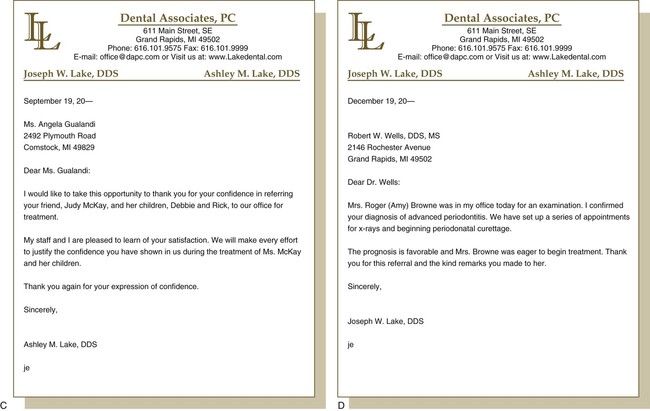
Letters of Appreciation to Cooperative Patients
A cooperative patient is often overlooked and taken for granted. Often one thinks only of the patients who create frustration. A dentist should acknowledge a patient who is prompt for appointments, who maintains a regular payment plan, and who cooperates with prescribed homecare plans. This is a chance for the dental office staff to offer sincere compliments. When the opportunity presents itself, try writing a letter as shown in Figure 9-2, and see how appreciative patients are to receive it. A letter of appreciation should be sincere, state the purpose briefly, and be written as though conversing with the patient in person.
Birthday Letters and Holiday Greetings
Patients—especially children and older adults—like to be recognized on their birthdays. These letters should be cheerful and friendly. Figure 9-3 shows a letter that could be sent to an older adult on a special birthday. Another method of handling this form of public relations is to send a birthday card. If an email address is available, eCards could also be an option for a special birthday greeting. Many professional stationers provide appropriate greeting cards for all occasions and dental specialties (Figure 9-4).
Congratulatory Letters
Through conversations with patients and via the daily newspaper, the administrative assistant may learn about the outstanding achievements of the practice’s patients. Such accomplishments should not go unnoticed by the dental office staff. A letter sent to congratulate a patient must be sent promptly. Describe how the event was discovered, and include a sincere expression of congratulations (Figure 9-5). Congratulations may also be sent for the birth of a child, a wedding, or a graduation. A greeting card or a brief letter is appropriate.
Referrals for Consultation or Treatment
During the treatment of a patient, it is often necessary to call upon the services of a specialist. A series of letters may be sent between the two dental offices regarding the patient’s treatment. A good example of such an experience is the transfer of a patient to an orthodontist for treatment (Figure 9-6). Figure 9-7 provides examples of several forms of communication that may be used during a patient’s treatment. Note that the specialist’s office has used a basic format that provides information about the patient’s treatment. This letter can be stored electronically, or a preprepared form can be used in a specialty office such as an orthodontics office, because there is a large patient volume and a similarity of basic treatment. Regardless of the type of form used, note that in each case the patient’s name is referenced, the message is brief, and each tooth or condition is diagrammed or written out completely to avoid any error in interpretation.
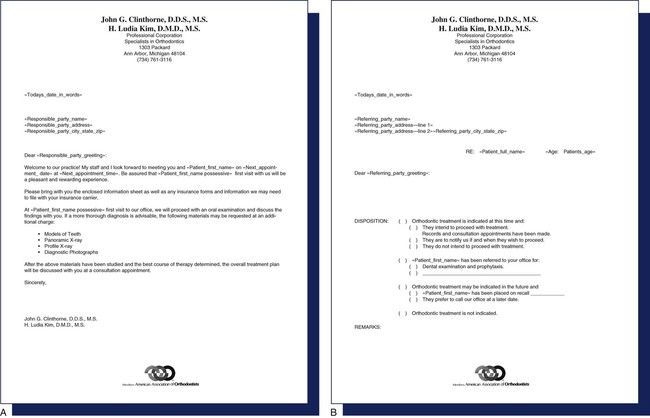
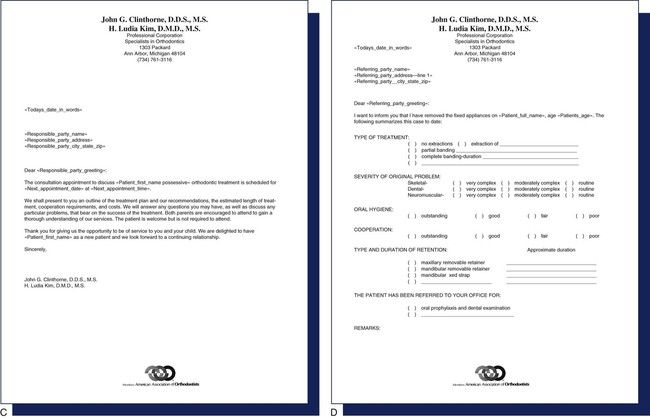
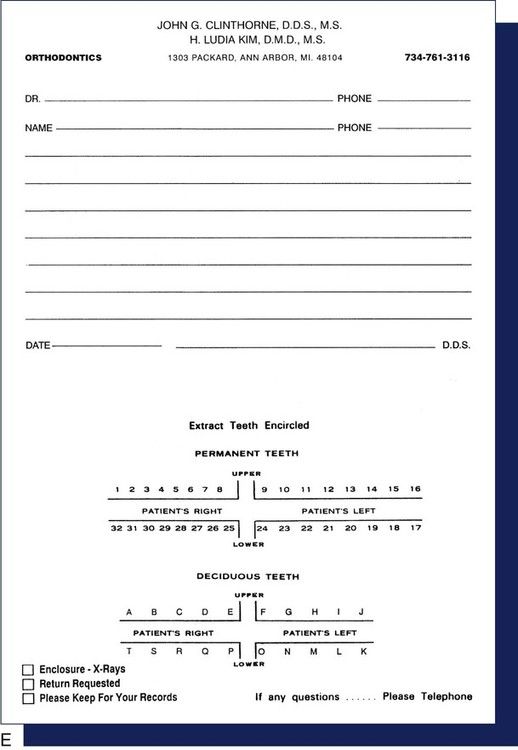
Miscellaneous Letters
Many letters are not public relations letters and thus are not included in this chapter. Specific examples of recall, broken appointment, and collection letters are discussed in Chapter 15.
Selecting Stationery Supplies
If the administrative assistant begins working in an established dental practice, the stationery supplies will already be available. However, he or she may have to choose business supplies if asked to order them. Many of these supplies are listed in Chapter 6.
The office stationery (letterhead) is usually selected on the basis of simplicity, neatness, and quality. Bond paper, because of its quality, is often used. It can be made from all-cotton fiber (sometimes called rag), all-sulfite (a wood pulp) fiber, or any proportion of the two. High-cotton fiber bond indicates quality and prestige, and it ages without deterioration or chemical breakdown.
The following information may be used as guidelines for future stationery needs:
Characteristics of an Effective Letter
Effective letters that generate good public relations have certain common elements. Keep in mind that direct and simple writing is easier to read. The best word depends on context: the situation, the purpose, the audience, and the words used.
Here are some general guidelines:
Wordy: It is the case that Registered Dental Assistants are more qualified clinicians in the office.
Wordy: I conducted a survey by telephone on Monday, April 17. I questioned 18 dental assistants, some Registered Dental Assistants, and some Certified Dental Assistants, who—according to the state directory—were all currently working. The purpose of this survey was to find out how many of them were performing advanced functions that were delegated by the state. I also wanted to find out if there were any differences in their salaries.
[Clause 1] We have hired three new dental assistants, and [Clause 2] they will complete their orientation next week.
[Clause 1] We hired a new intern, but [Clause 2] she will be unable to begin work until the end of the month.
In addition to considering the ideas presented here, the administrative assistant should review the basic characteristics of effective correspondence. These factors should be used as part of a review of the letter before it is sent. Remember that the letter sent from the dental office is representative of the quality of work or treatment produced in that practice and should contain the following characteristics:
Parts of a Business Letter
A review of the parts of a business letter and the proper placement and purpose for each part is appropriate before selecting a letter style and creating the letter. Most business letters contain the following parts:
When using most word processing software, many preformatted letter styles are available. The dates are inserted automatically, and, in most systems, the alignment and letter parts are already defined.
Date Line
The date line contains the date on which the letter is keyboarded. When using printed letterhead, the date usually begins two lines below the lowest line of the letterhead. (The letterhead usually takes up about 2 inches, but this may vary depending on the style and design of the letterhead.) Many times, the length of the letter determines whether the heading should be started lower on the paper; good judgment is needed. When keyboarding a personal business letter, the individual’s return address is placed as the first two lines directly above the date line. The placement of the date line may be modified according to the length of the letter. When using the computer, you may view a “Print Preview” to check the appearance of the letter; necessary changes can then be made before printing. General guidelines that relate to letter length are shown in Box 9-2.
Inside Address
The inside address provides all of the information for mailing the letter. The letter address should match the envelope address. When using word processing software, the envelope is often addressed from the letter address with the use of a minor key function on the computer. The information to be included is the recipient’s name, the name of the company (if appropriate), the street number and name, the city, and the zip code. Three lines of space are left between the date and the first line of the letter address.
Use the titles that precede the individual’s name (e.g., Mr., Mrs., Ms., Dr.), but do not use a double title (e.g., Dr. L. B. Crown, D.D.S.), because this is redundant. An official title (e.g., President) may follow the name (e.g., Ms. M. P. Coleman, President). The person’s official title is often placed on the second line if it helps to balance the inside address lines. The city, state, and zip code are placed on the last line. The appropriate two-letter state postal abbreviation should be set in capital letters without a period. Leave two spaces after the abbreviation before entering the zip code.
Salutation
The salutation formally greets the reader. If the writer wishes the letter to be directed to an individual within a firm, it is acceptable to use an attention line. The salutation line should begin two lines below the letter address, and it should be flush with the left margin. If you are writing to an individual, the most appropriate salutation is the individual’s name. For example, if the letter is addressed to Mr. Ted Monroe, the salutation would be “Dear Mr. Monroe.” The salutation can be altered to be “Dear Ted” if the dentist is a close friend of the recipient. This change in formality should be recognized before the letter is keyboarded. Special situations occur when the letter is to be sent to unknown individuals or to more than one person. Suggestions for salutations to be used in common situations are shown in Box 9-3, A. Addresses and salutations to be used for governmental and academic officials are shown in Box 9-3, B.
Body of the Letter
The body of the letter contains the message. The body begins two lines after the salutation. The paragraphs within the body are single spaced, with two lines of space set between paragraphs. Paragraphs may or may not be indented, depending on the format selected. Refer to Figures 9-2 through 9-7 for the selection of the format. Many illustrations in this chapter demonstrate variations in letter format styles.
Complimentary Close
The complimentary close provides a courteous ending to the letter. It is keyboarded two lines after the last line of the body of the letter. The complimentary close is indented to the same point as the date line position if using the modified block style, or it is set flush with the left margin if using the block style. Only the first word of the complimentary close should be capitalized. The most common complimentary closes are “Very truly yours” and “Sincerely.” Other acceptable closures are “Yours very truly” and “Sincerely yours.”
Keyboarded Signature
The keyboarded signature appears four lines below the complimentary close. If the name and title of the individual are short, they may be placed on the same line and separated by a comma. However, if the name and title are relatively long, the name is keyboarded on the first line, and the title is placed on the second line. The comma is not placed after the name. You should attempt to make the lines as even as possible.
Reference Initials
Reference initials are the initials of the person who keyboarded the letter. They should appear in lowercase one double space after the keyboarded signature or even with the left margin. If it is policy to enter the dentist’s initials in capital letters before the keyboarder’s initials in lowercase, it would appear as “JWL:db” or “JWL/db.”
Attention Line
You may wish to direct a letter to a particular individual or department within an organization. This can be done by using an attention line. The following example illustrates how an attention line is used if the letter has been addressed to a firm:
The attention line indicates that the letter writer prefers that the letter be directed to a particular individual. The salutation should agree with the inside address and not with the attention line.
Subject Line
The subject line clearly states what the letter is about. For example, if writing to a patient about the office’s policy regarding broken appointments, the subject line would be written as “Subject: Broken Appointments.” The subject line is placed two lines after the salutation and followed by another two lines before continuing with the body of the letter. The subject line may be centered, indented like a paragraph point, or aligned with the left margin when using block style. The style of the letter will often determine the best position for the subject line. The word Subject: or SUBJECT: or the abbreviation Re: or RE: may be used, and any of these options may be underlined. Acceptable methods of using the subject line are illustrated here:
Stay updated, free dental videos. Join our Telegram channel

VIDEdental - Online dental courses


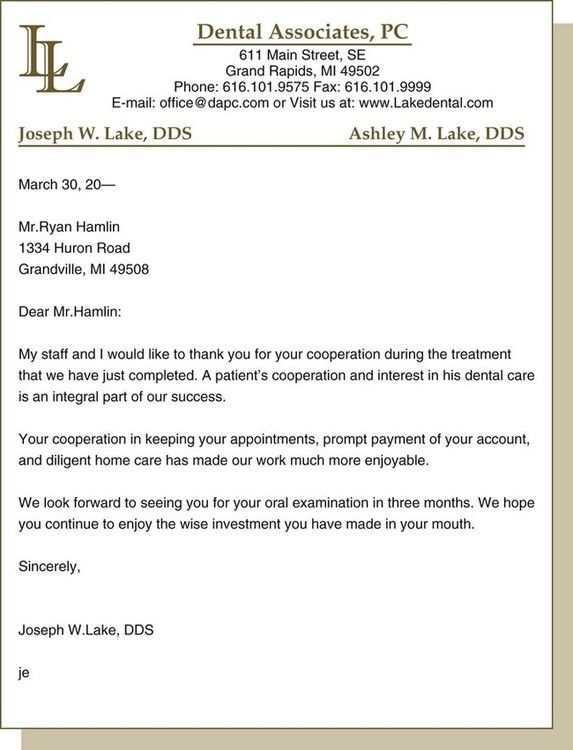
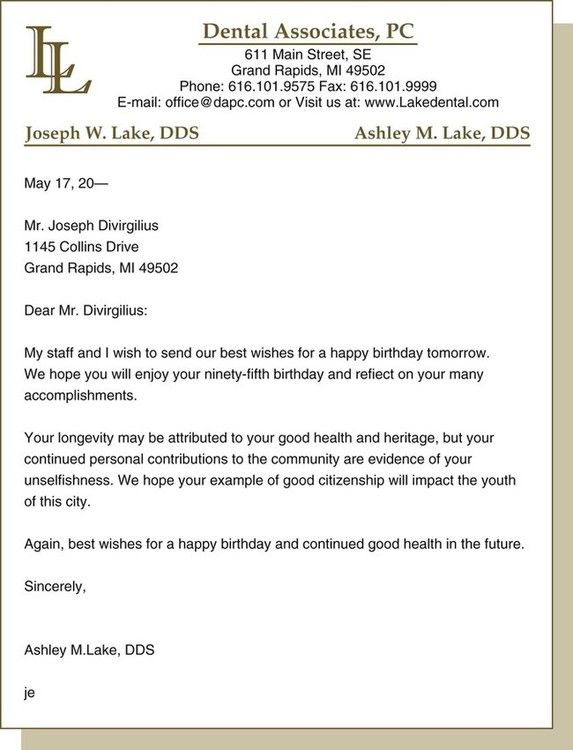
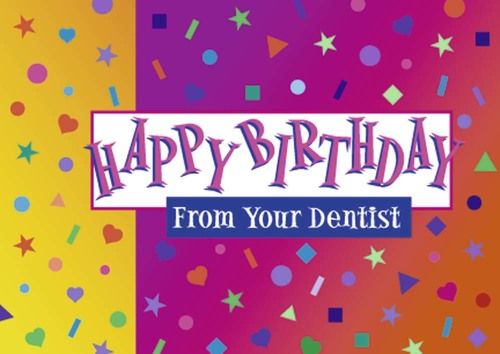
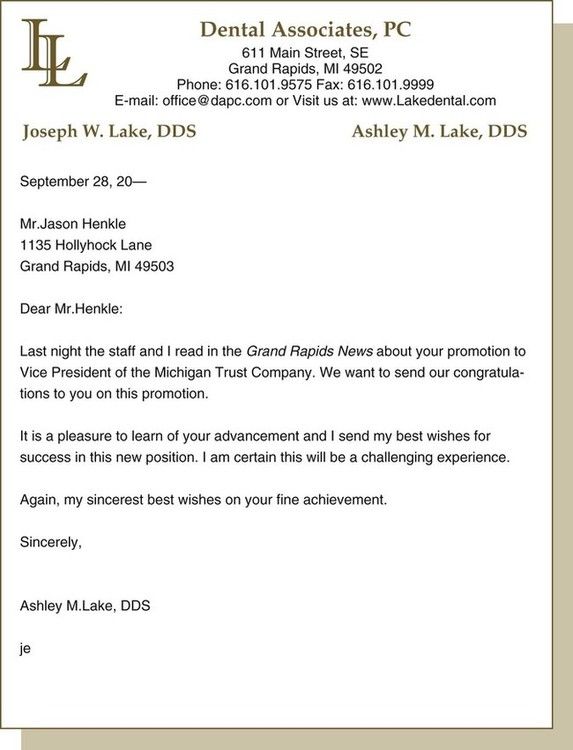
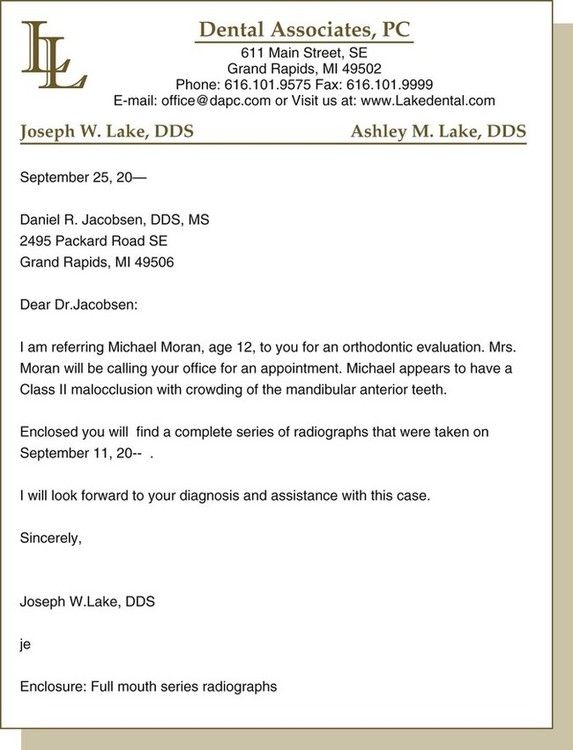
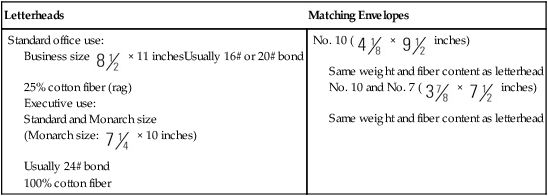
 Practice Note
Practice Note
